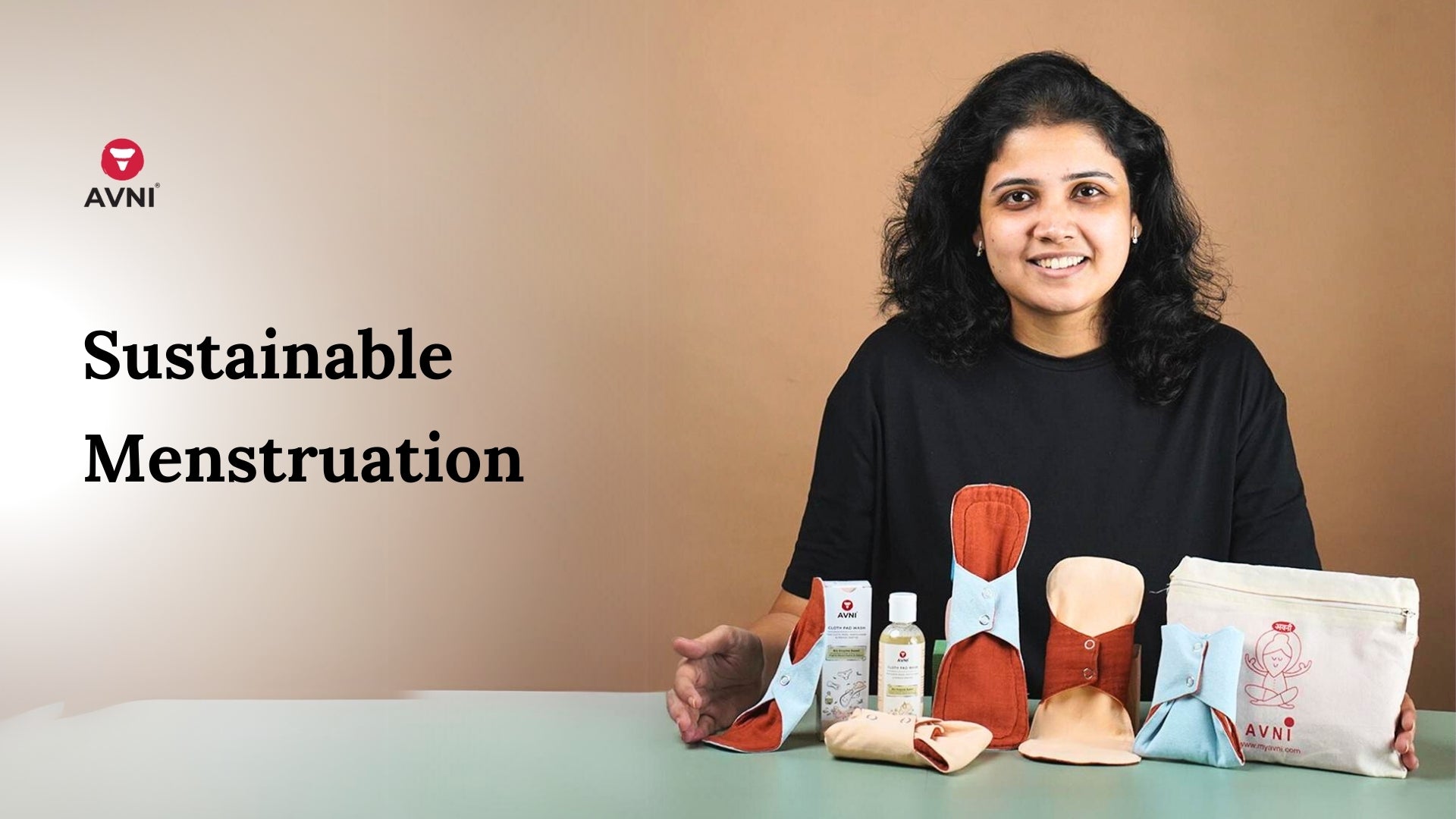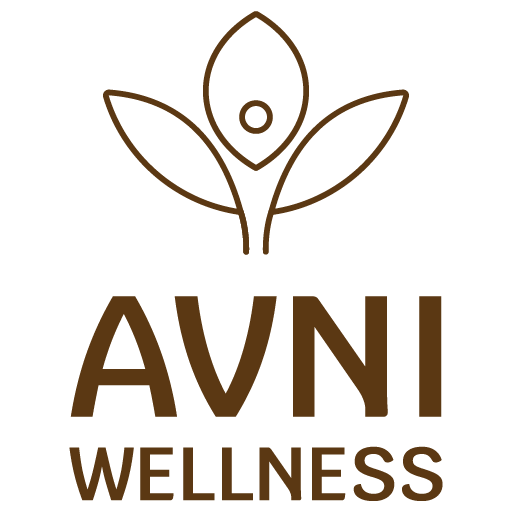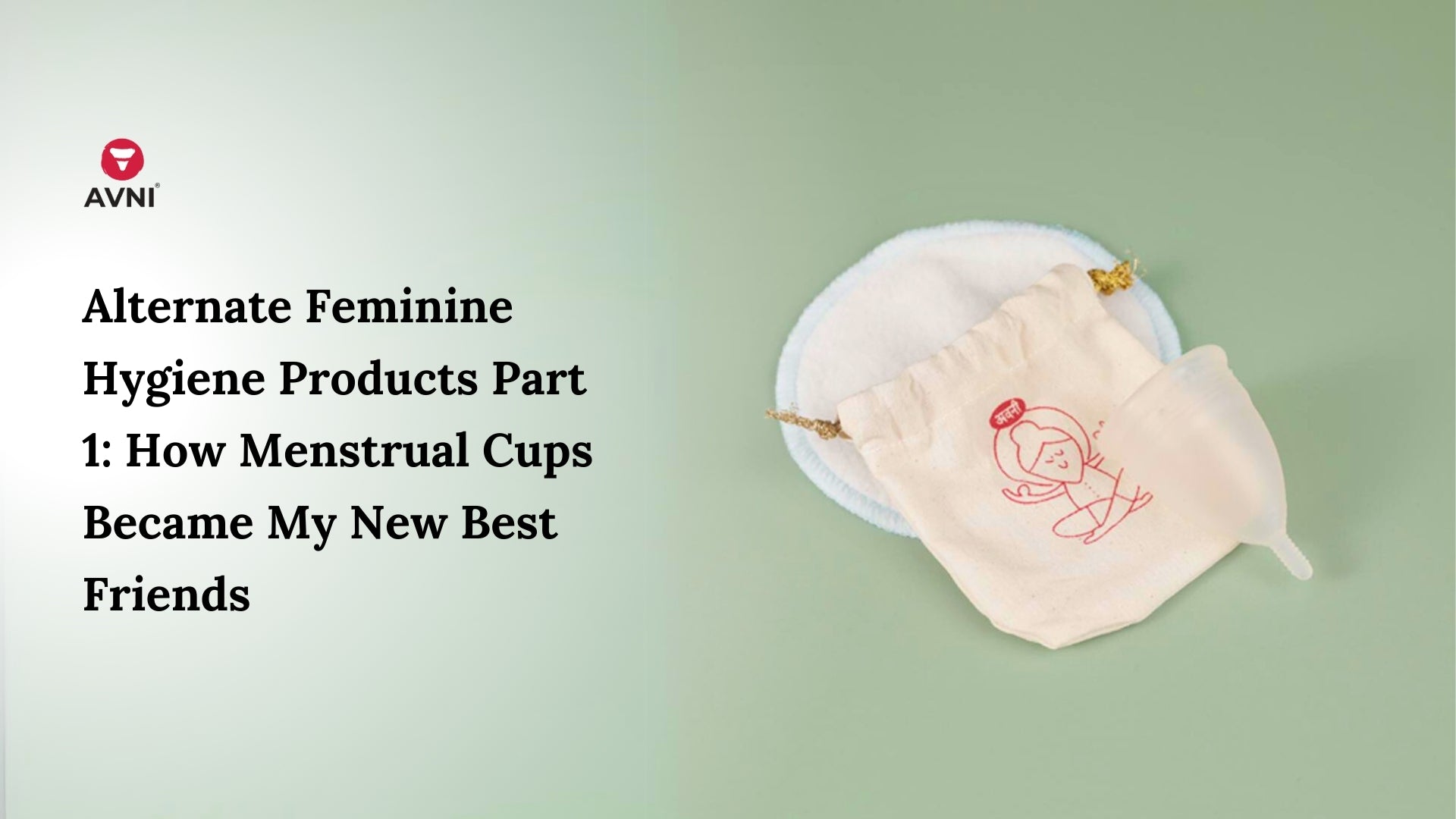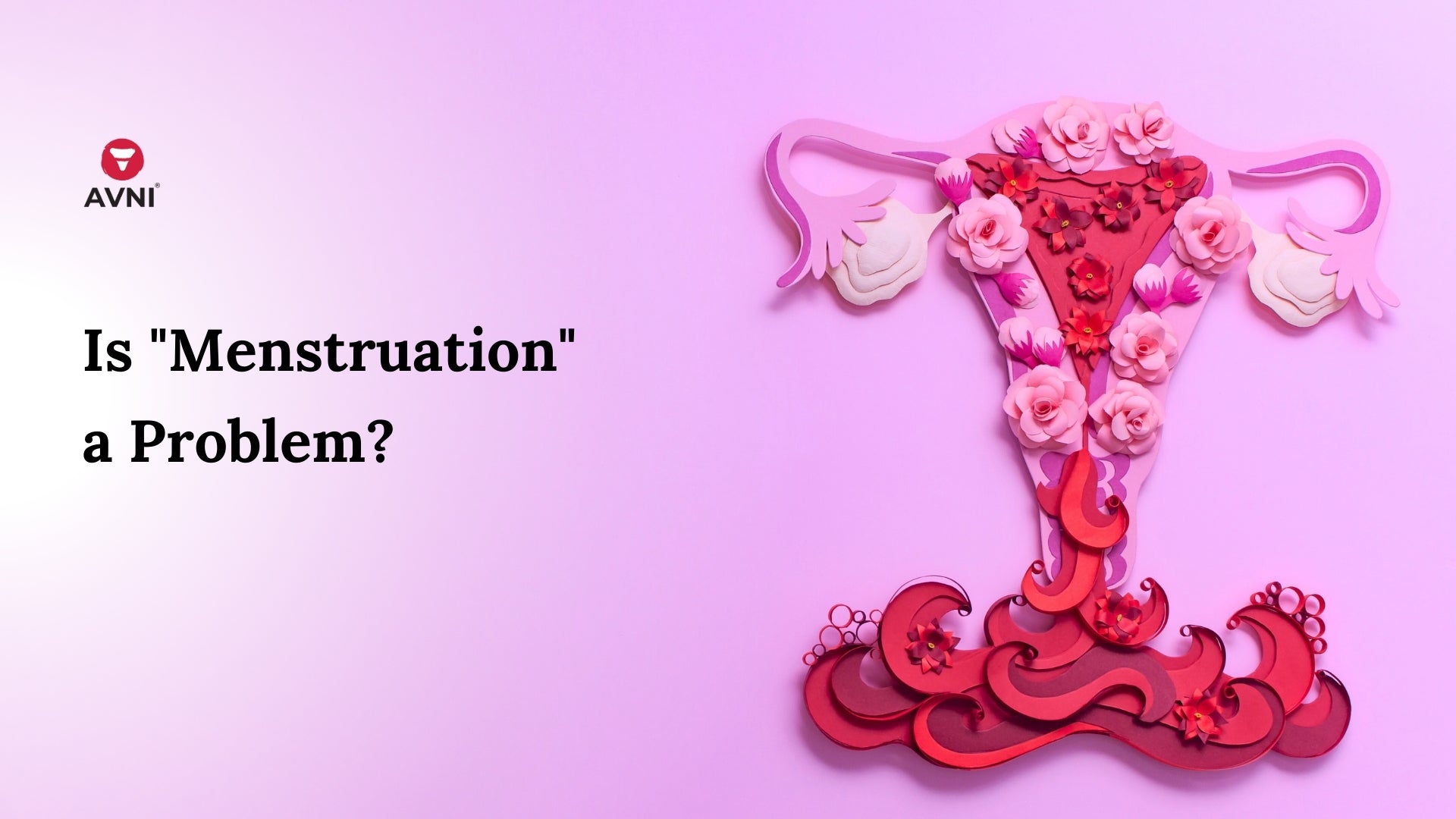
Sustainable Menstruation
About 12.3 billion or 113,000 tonnes of used sanitary pads are dumped in landfills in India every year, adding to the already existing plastic pollution in the country.
Pad Waste Disposal Study
Released by the environmental group Toxics Link, the study has also raised serious concerns on improper disposal methods and non-segregation of menstrual waste from household waste, which leads to unhygienic working conditions for waste workers, and posing the risk of infectious diseases among them.
A single commercially available non-organic sanitary pad (commonly available popular brands) takes up to 250-800 years to decompose or may even never decompose at all and each pad contains plastic which is equivalent to around 4 plastic bags.
The survey, done during the study, clearly shows that disposable sanitary napkins are the most popular choice among women, who are using commercially available products in India, and hence results in huge amounts of waste.
The study further reveals that most women are unaware that commonly available disposable sanitary napkins constitute 90 per cent plastic and they are adding to the plastic crisis.
According to study, currently there is no proper management or recycling of this non-biodegradable waste, and hence it ends up in landfills, where it stays for centuries and over the years will add to the micro-plastic pollution.
The study has also raised strong concerns over the use of small-scale incinerators, which have emerged as a favoured-disposal technology and are being installed in various establishments like rural schools, colleges, hostels etc., as there are no minimum standards set for these.
Improper burning of used pads in these low cost, low-temperature incinerators can result in the emission of dioxins and furans, causing more harm to the environment and our health. There are no tests or monitoring done which is a serious gap.
Most of the inorganic sanitary pads contain SAP, VOCs, phthalates etc., which can cause adverse health impacts including cancer. But shockingly, most females are unaware about it.
The solution?
There are alternatives available in the market, like organic pads, menstrual cups etc., and the study reveals that the majority (88 per cent of the respondents) are willing to switch to environment-friendly alternatives, though many shared that environment-friendly products aren’t easily available.
About 89 per cent of females believe menstrual waste to be a concerning topic, though most of them do not have complete knowledge about the subject. (Source: The New Indian Express)
Is green menstruation possible?
Considering the affordability and environmental impact of sanitary pads, cloth is an effective option. While women have in the past used handmade cloth pads, it is gaining momentum again.
One always questions "whether cloth is a viable option?”. For millions of women who cannot access or afford disposable pads, clean cotton cloth is a cheaper option because, it is eco friendly, accessible, affordable, scalable, reusable and sustainable.
For a big population of women in cities and smaller towns, familiarity, possibility of reuse, sensitivity to price and environmental impact makes cloth a viable option.
However, a debate surrounding the cloth pads is the hygiene and its cost factor.
Cotton cloth pads, when used hygienically are a healthier option as compared to chemical and plastic laden sanitary pads, which often lead to skin allergies. On affordability, if we compare the cost of cloth pad to that of disposable pads, the cost of one cotton pads may be higher than a packet of disposable pads, but one needs to realize that the life cycle cost of cloth pad is way lower than disposables pads.
How Avni Came into Picture
Avni means The Earth. Like Mother Earth, Woman is also The Mother of all Life!
A few months ago I came across Avni. They offered a wide range of alternatives to the conventional sanitary napkins available to us today, in a more sustainable fashion.
I thought of trying the products offered by them and I can’t believe I had been living under a rock since such a long time. The products offered by AVNI seemed extremely comfortable and useful to me. The sustainability factor seemed just like a cherry on top after actually using the product. It is also pocket friendly and very convenient for a long-run.
It’s strange how sometimes we think of something as a compromise or an alternative where it has actually been the better option all this while. That’s exactly how it felt to me. You can check out more products by AVNI at myavni.com you can access their social media account on Instagram.
According to me experience, One Avni Lush Pad can be used up to 6 hours with regular flow. It takes approximately 45 mins for one to dry out after washing, and the washing procedure is no rocket science, it is very simple.
I felt a great amount of satisfaction and a sense of accomplishment after knowing I have done as little as I could to save our environment, but I am also aware that this tiny contribution of mine is not redundant. Urging as many women as I can, young or old, to switch to a more convenient, healthy, hazard-free and sustainable option.



Leave a comment
This site is protected by hCaptcha and the hCaptcha Privacy Policy and Terms of Service apply.